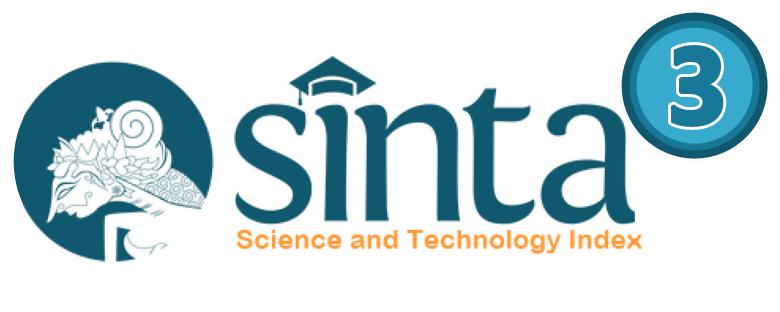PENGARUH BLENDED LEARNING TERHADAP MOTIVASI BELAJAR MAHASISWA PADA MATA KULIAH METODOLOGI PENELITIAN JURUSAN PENDIDIKAN EKONOMI FE UNP
Abstract
The purpose of this research is to find out and analyze the influence of blended learning to the student’s motivation. The method of this research is Ex-posfacto. The population of this research is 50 students who take the Methodology Research Subject in the semester July-December 2017 with the blended learning assembling. The sampel is taken by using sampel total technical. The data of Blended Learning and student’s motivation use the primary data by using the questionnaire. The instrument is tested by using validity and reliability test. The data is analyzed by using description and inductive (inferensial) analyze which is the normality test, homogenitas test and the hypothesis test is analyzed by using the linear regression, determined coefficient and T experiment with the a = 0,05.
The result of this research has showed that there has been a significant influence of blended learning to the student’s motivation. It has showed by the significant of 0,000 <0,05. It has indicated that blended learning has contributed to the student’s motivation 37,9% in the methodology Research Subject and for the rest 62,1% might be effected by others factors.
The students should be suggested more active in the blended learning lesson to increase their motivation for the better result.
Keyword: blended learning and student’s motivation, Methodology Research
Full Text:
PDFReferences
Al-ammary, J., Mohammed, Z. and Omran, F. (2016) ‘E-Learning Capability Maturity Level in Kingdom of Bahrain’, 15(2), pp. 47–60.
Banditvilai, C. (2016) ‘Enhancing Students ’ Language Skills through Blended Learning’, 14(3), pp. 220–229. Darmawan, D. (2014) Pengembangan E-Learning Teori dan Desain. Bandung: Remaja Rosdakarya Offset.
Djamarah, S. B. (2008) Psikologi Belajar. 2nd edn. Jakarta: Rineka Cipta. Djamarah, S. B. (2011) Psikologi Belajar. Jakarta: Rineka Cipta.
Hamalik, O. (2012) Psikologi belajar dan Mengajar. Edited by S. B. Algensindo. Bandung. Husamah (2013) Pembelajaran Bauran (Blended Learning). j: Prestasi Pustaka Raya.
Listyowati, N., Surantoro., Wahyuningsih,D. 2013. Upaya Peningkatan Kreativitas Siswa Melalui Implementasi Blended Learning Pada Pembelajaran Fisika Kelas VII A SMPN 1 Mantingan 2012/2103. Jurnal Pendidikan Fisika Vol.1 No.1
Ogawa, N. and Shimizu, A. (2016) ‘COLLEGEWIDE PROMOTION OF E-LEARNING / ACTIVE’, (3), pp.
–184.
Ouma, G. O., Awuor, F. M. and Kyambo, B. (2013) ‘E ‐ LEARNING READINESS IN PUBLIC SECONDARY SCHOOLS IN KENYA’, 16(2), pp. 97–110.
Prof, A. et al. (2016) ‘EXPLORING STUDENTS ’ E -LEARNING EFFECTIVENESS THROUGH THE USE OF LINE CHAT APPLICATION’, 2013(Celda), pp. 181–187.
Sadirman (2012) ‘Interaksi Motivasi Belajar Mengajar’, in. Jakarta: PT Raja Grafindo Persada. Slameto (2010) Belajar Dan Faktor – Faktor Yang Mempengaruhi. Jakarta: Rineka Cipta.
Syarif, I. (2012) ‘Pengaruh Model Blended Learning Terhadap Motivasi dan Prestasi Belajar Siswa SMK’, 2, pp.
–249.
Ting, W., Chan, Y. and Leung, C. H. (2016) ‘The Use of Social Media for Blended Learning in Tertiary Education’, 4(4), pp. 771–778. doi: 10.13189/ujer.2016.040414.
Uno, H. B. (2012) Teori Motivasi Dan Pengukurannya. Jakarta: Bumi Aksara.
DOI: http://dx.doi.org/10.24036/jmpe.v1i1.5681


